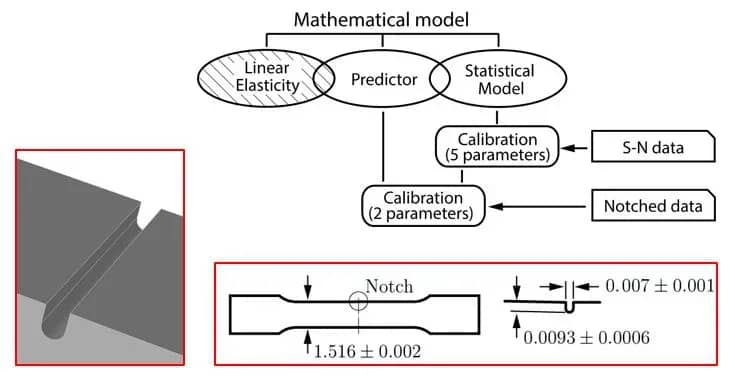This 15-minute recorded presentation was prepared for the NAFEMS World Congress (Salzburg, October 2021). It highlights the mission-oriented nature of simulation governance and presents an example of a model development project.
September 2, 2021 @ 1:00 pm EST
Simulation Governance & Management
This webinar is now available to watch on-demand.

WEBINAR SUMMARY
The main ideas of, and the case for, simulation governance are easy to understand. The development and implementation of a plan for simulation governance is not at all easy, however, and requires careful consideration of the mission, and associated predictive model(s), at hand.
In this pre-recorded webinar, ESRD Chairman Dr. Barna Szabó addresses some of the key issues of simulation governance, including how model development must adhere to the requirements of simulation governance in order to minimize risk and magnify reliability.
Note: this webinar was originally prepared by Drs. Szabó and Actis for the NAFEMS World Congress 2021 session on Simulation Governance.
WEBINAR HIGHLIGHTS
- Why planning for simulation governance is mission-dependent
- Application of the concepts and procedures of predictive computational science: Focus on model development
- Example of a model development project: Prediction of the probability of fatigue failure of a metal part subjected to cyclic loading in the high cycle range
- Why the open-ended nature of model development projects makes the exercise of simulation governance essential
WATCH THIS WEBINAR
Looking for Resources?
Recent News & Events
Quick Links
Testimonials
-
“In the case of the through crack configuration, the comparison of experimental and StressCheck derived geometry factors showed a close correlation and were an improvement to solutions provided in AFGROW at the time. Based on the results of this research, StressCheck pin-loaded lug geometry factors have since been incorporated into the AFGROW software.”
Dr. Alten Grandt
Purdue University
 Serving the Numerical Simulation community since 1989
Serving the Numerical Simulation community since 1989 





